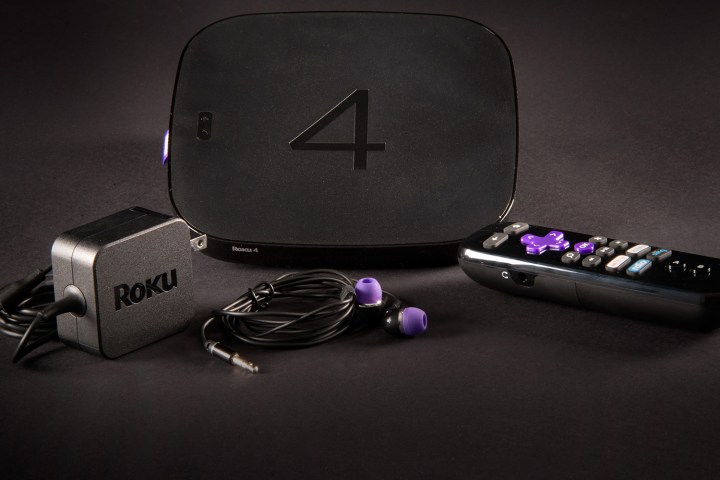
While Roku has never had the resources of its competitors, it actually makes sense that the company would land on top. Roku has long had the advantage when it comes to over all app support, making it easy for developers to add functionality to its software with thousands of available “channels.” What’s more, the latest latest flagship from the brand, the
While gaming consoles from Xbox and Playstation still rule the roost as far as video streaming devices are concerned, they are actually slowly losing market share to Roku and similar standalone set top streamers, according to the survey.
“Streaming media players continue to stake out a growing portion of the connected home,” said Parks Associates’ Director of Research Barbara Kraus in the report, “Roku devices are now the third most widely used connected CE device, trailing only Microsoft Xbox and Sony PlayStation as the most common platforms to access online video content on a TV set. It is a rapid ascendance for streaming media players, and
Approximately a fifth (over 20 percent) of U.S. households that own at least one consumer electronics device are now using a streaming media player to watch their favorite movies and TV shows at home, up from just 12 percent last year.
Parks Associates estimate there are now 13.5 million homes using a set top box as the primary streaming hardware for the household. That’s a big coup for the company, and is indicative of a strongly growing market.
Editors' Recommendations
- If you have to watch one Amazon Prime Video show this April, stream this one
- Philo: everything to know about the live TV streaming service
- Former Apple exec joins upcoming sports streaming service as CEO
- New streaming service looks to end endless Googling for sports
- What is Roku? The streaming platform explained




